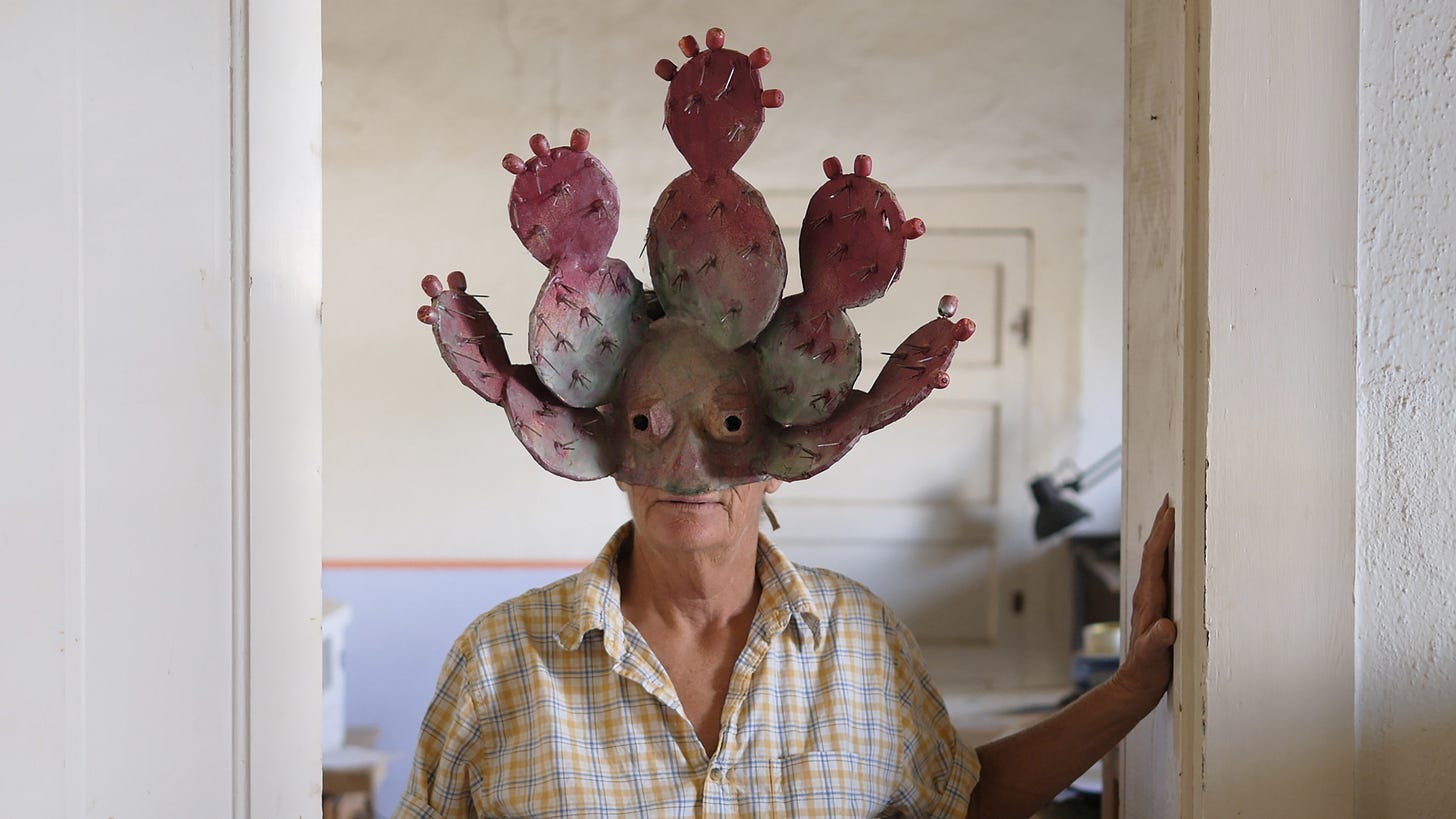Cabeza de Vaca—Reincarnated as a Cactus
A newly available film tells the story of the borderlands' first conquistador from an unexpected point of view.
“Know that I was born, by the will of heaven, in this our iron age, to revive the one of gold, or the Golden Age, as it is called,” declares Don Quixote in Miguel de Cervantes’s 1605 epic of the same name. “I am he for whom are reserved dangers, great deeds, valiant fears.”
Don Quixote is a collection …
Keep reading with a 7-day free trial
Subscribe to The Border Chronicle to keep reading this post and get 7 days of free access to the full post archives.


